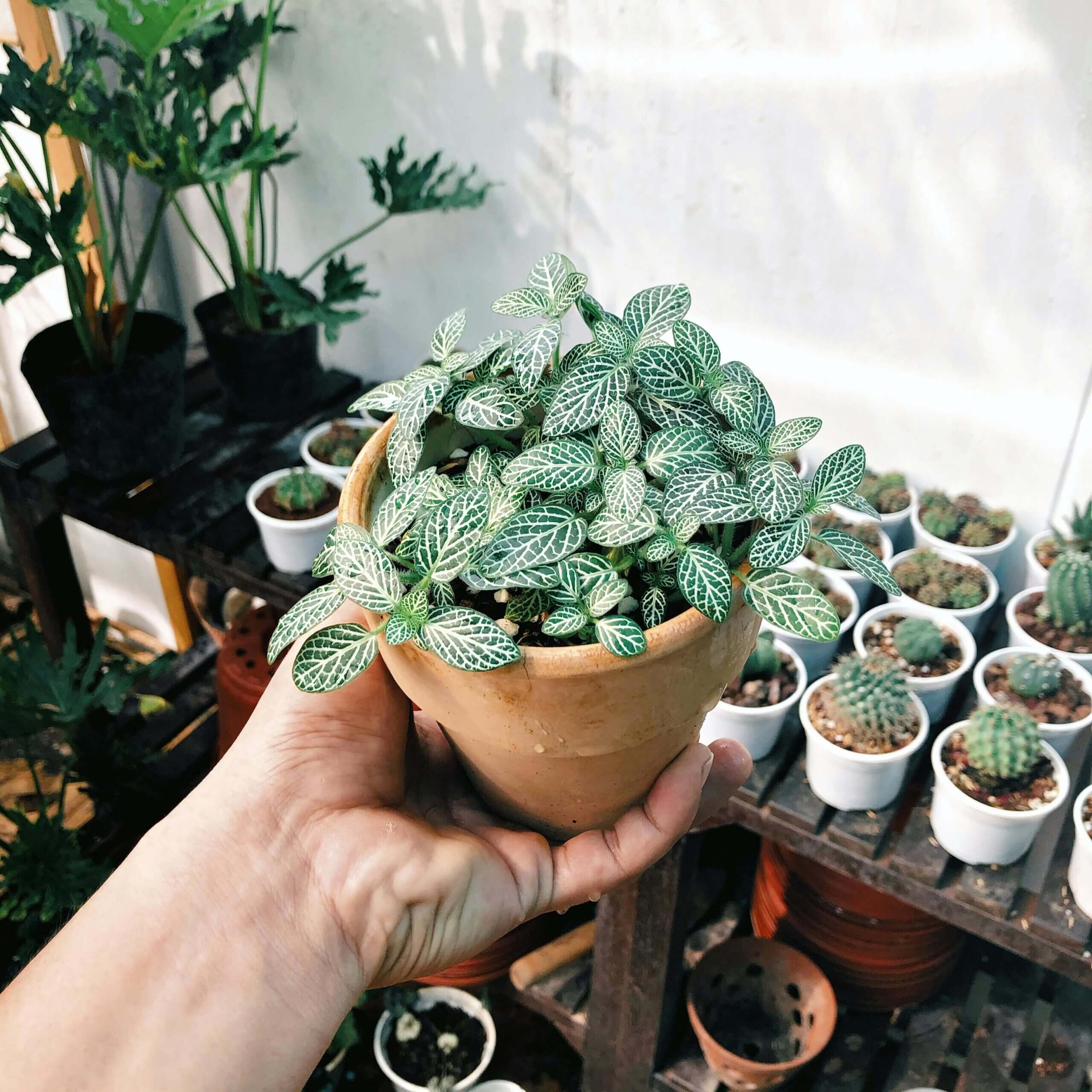10 Simple Steps To Start Gardening With Kids
Planting a love for nature in your children can be a rewarding and educational experience. In this guide, you will discover 10 easy steps to kickstart your gardening journey with your little ones. From choosing the right plants to nurturing them together, these simple tips will help you create lasting memories and teach your kids valuable skills along the way. Let’s get started!
Key Takeaways:
- Start small: Begin with easy-to-grow plants like sunflowers or cherry tomatoes to keep kids engaged and excited about gardening.
- Make it fun: Incorporate games, crafts, and hands-on activities to make gardening an enjoyable and interactive experience for kids.
- Teach responsibility: By assigning tasks like watering plants or weeding, children can learn important life skills and the value of taking care of living things.

Preparing for Gardening with Kids
Understanding the Benefits of Gardening for Children
There’s a multitude of benefits that gardening can offer to children. Not only does it provide a hands-on learning experience about the natural world, but it also teaches them responsibility, patience, and the value of hard work. Gardening can help improve a child’s fine motor skills, encourage healthy eating habits, and enhance their connection to the environment.
Gathering Essential Gardening Tools and Materials
On your journey to start gardening with kids, it’s important to gather some basic gardening tools and materials. You don’t need fancy equipment – simple tools like a small trowel, watering can, gloves, and kid-sized gardening tools will do the trick. Make sure to choose age-appropriate tools that are easy for your child to handle and use.
To make the gardening experience more exciting for your kids, consider letting them choose their own gardening tools and materials. This way, they will feel a sense of ownership and responsibility towards the garden project, making it a more enjoyable and meaningful experience for them.
Choosing the Right Garden Location
Little ones can have a blast gardening with you, but choosing the right location for your garden is crucial to their enjoyment. You want to pick a spot that gets plenty of sunlight and is easily accessible to your kids. Having the garden close to your home will make it convenient for you to keep an eye on them while they play and explore.
Factors to Consider When Selecting a Garden Spot
- Amount of sunlight the area receives
- Proximity to water source for easy watering
- Accessibility and safety for children
Any garden location you choose should also be free from any hazards such as sharp objects or toxic plants that could potentially harm your little ones.
Tips for Creating a Kid-Friendly Garden Layout
- Include a mix of plants that appeal to children with bright colors and interesting textures.
- Create designated areas for different activities like planting, watering, and exploring.
After considering the factors mentioned above, you can start planning the layout of your garden to make it a fun and engaging space for your kids to spend time in. Think about incorporating elements like a small play area, a pathway for them to walk through the garden, and a seating area where you can relax and enjoy the outdoors together.
Tips for Creating a Kid-Friendly Garden Layout
- Involve your kids in the design process to make it their own special place.
- After planting, set up a watering schedule that your kids can help with to teach them responsibility and nurture their interest in gardening.
Choosing a location and creating a garden layout that is kid-friendly will not only make gardening a fun and educational experience for your children, but it will also create lasting memories that you can cherish together.
Selecting Easy-to-Grow Plants for Kids
How to Choose Plants That Are Perfect for Little Hands
Some plants are better suited for kids to grow because they are easy to take care of and show quick results. When choosing plants for your little gardeners, look for varieties that grow quickly and are hardy. Plants that are resilient to a little overwatering or underwatering can help build confidence in your child’s gardening skills. Additionally, selecting plants with interesting features like bright colors, unique shapes, or pleasant scents can make the gardening experience more engaging for kids.
Top 5 Easy-to-Grow Plants for Kids to Start With
Kids love to see quick results from their efforts, so starting with easy-to-grow plants is key to keeping them engaged. Some of the top plants that are perfect for kids to begin their gardening journey include sunflowers, cherry tomatoes, strawberries, marigolds, and mint. These plants are relatively low-maintenance, grow quickly, and offer visual appeal or tasty rewards, motivating children to continue caring for their plants.
Choose a sunny spot in your garden or balcony where these plants can thrive, and involve your kids in the planting and care process. Sunflowers will delight them with their tall stalks and large, cheerful flowers, while cherry tomatoes and strawberries offer the excitement of growing and harvesting their own fruits. Marigolds provide beautiful blooms in a range of colors, and mint is a fragrant herb that can be used in cooking or crafting projects.
Teaching Kids About Soil and Composting
How to Explain Soil Science to Kids
For kids, soil might just seem like dirt, but it’s so much more than that! You can explain to them that soil is full of living organisms like worms, insects, and microorganisms that help plants grow. Show them how soil is made up of tiny particles of rock, organic matter like leaves and twigs, air, water, and living organisms. You can also conduct simple experiments with them to demonstrate the different layers of soil and how water moves through it.
Tips for Creating a Compost Bin with Kids
Some kids might not understand the concept of composting right away, so it’s important to make it fun and engaging for them. Start by explaining to them that composting is like recycling kitchen and yard waste to create nutrient-rich soil for plants. Get them involved in setting up a compost bin in your backyard or even using a small indoor composting container. Teach them what items can and cannot be composted, and have them help you turn the compost pile regularly to speed up the decomposition process.
- Involve your kids in choosing a spot for the compost bin.
- Teach them the importance of balancing green and brown materials in the compost pile.
- Show them how to layer compost materials for optimal decomposition.
Compost is a natural fertilizer that can help improve the health of your garden soil and reduce waste sent to landfills. By involving your kids in the composting process, you’re not only teaching them about sustainability but also fostering a love for gardening and the environment.

Planting and Maintaining the Garden
Once again, involving your kids in planting and maintaining the garden is a great way to teach them valuable skills and foster a love for nature. Here are some simple steps to get your kids excited about gardening.
Step-by-Step Guide to Planting with Kids
| 1. Choose Plants Together | 5. Digging Holes |
| Take your kids to the nursery and let them pick out a few plants they like. This will make them more invested in the garden. | Show your kids how to dig appropriate-sized holes for the plants they have chosen. Make sure they are spaced out correctly. |
| 2. Prepare the Soil | 6. Watering |
| Teach your kids how to loosen the soil and mix in compost to create a healthy growing environment for the plants. | Explain to your kids the importance of watering plants regularly. Show them how to water gently and check the soil moisture. |
| 3. Planting Seeds | 7. Mulching |
| Show your kids how to plant seeds at the correct depth and spacing. Cover the seeds with soil and water gently. | Teach your kids how to spread mulch around plants to help retain moisture, suppress weeds, and improve soil health. |
| 4. Transplanting Seedlings | 8. Labeling Plants |
| Demonstrate how to carefully remove seedlings from containers and plant them in the garden. Help your kids pat down the soil gently around the roots. | Encourage your kids to label their plants with cute markers or stones. This helps them remember what they planted and track their progress. |
How to Encourage Kids to Water and Care for Plants
If you want to ensure that your kids stay engaged with the garden and learn the importance of caring for plants, it’s crucial to involve them in watering and maintenance tasks.
Even though kids may forget to water the plants regularly, you can make it a fun and interactive activity by creating a watering schedule together. Assign each child days when they are responsible for watering the plants, and make it a part of their daily routine.
Watering plants with kids is not only a way to ensure the garden thrives but also a valuable bonding experience. Use this time to talk to your kids about the plants, observe any changes, and address any questions they may have about gardening. By involving them in caring for the plants, you are instilling a sense of responsibility and nurturing their curiosity about the natural world.
Overcoming Common Challenges
Dealing with Pests and Diseases in the Garden
Many beginner gardeners face the challenge of dealing with pests and diseases in their garden. If you notice your plants are being eaten or have strange spots on their leaves, it’s important to act quickly to prevent further damage. One common organic solution is to introduce beneficial insects that can help control pests naturally, such as ladybugs for aphids or praying mantises for caterpillars.
Tips for Managing Messy Kids in the Garden
Many parents struggle with keeping their kids neat and tidy while gardening. If your little ones tend to get messy while playing in the dirt, don’t worry! You can set up a designated clean-up area with a hose or bucket of water for washing hands, and provide aprons or old clothes that can get dirty. Teaching them the importance of cleaning up after themselves can also help instill good habits.
- An apron or old clothes that you don’t mind getting dirty can help protect your child’s clothing.
- Encourage your kids to wash their hands and clean up any spills or dirt after they’re done gardening.
Understanding Plant Needs and Growth
An important aspect of gardening is understanding the specific needs of your plants and how they grow. By learning about the sunlight, water, and soil requirements of different plants, you can ensure they thrive in your garden. Make sure to read the instructions on seed packets or plant tags so you know how to care for each plant properly.
To wrap up
With these considerations in mind, you are now equipped with 10 simple steps to start gardening with your kids. Be mindful of, gardening is a wonderful way to bond with your children, teach them valuable life skills, and instill a love for nature. By following these steps, you can create a fun and educational gardening experience that will be cherished by your family for years to come.
Q: Why is gardening beneficial for kids?
A: Gardening is beneficial for kids because it teaches them important life skills such as responsibility, patience, and teamwork. It also helps them connect with nature, build confidence, and develop a sense of appreciation for the environment.
Q: What are some easy plants to start with when gardening with kids?
A: Some easy plants to start with when gardening with kids are sunflowers, cherry tomatoes, lettuce, and radishes. These plants are quick to grow and are perfect for introducing kids to the joys of gardening.
Q: How can I make gardening fun for kids?
A: To make gardening fun for kids, you can involve them in every step of the process, from choosing what to plant to watering and harvesting. You can also create a special garden area just for them, where they can personalize their space with fun decorations and accessories.
-
Built for Power: The Ultimate Strength Training Guide to Get Bigger & Stronger
Unlock the power of strength training with our ultimate guide. Learn how to build muscle, boost metabolism, and feel more confident.
-
Go the Distance: How to Build Cardio Endurance That Lasts
Unlock the benefits of improved cardio endurance, from better heart health to fat burning and an energy boost. Learn how to “Go the Distance” with our guide.
-
Mastering Business Travel in Thailand: Essential Tips
Discover essential tips for successful business travel to Thailand, including research, flexibility, professionalism, and networking.
Proudly powered by WordPress










